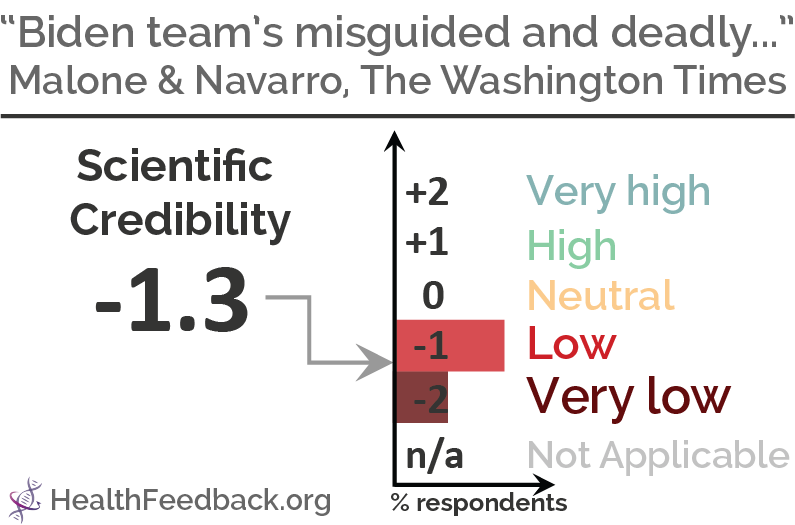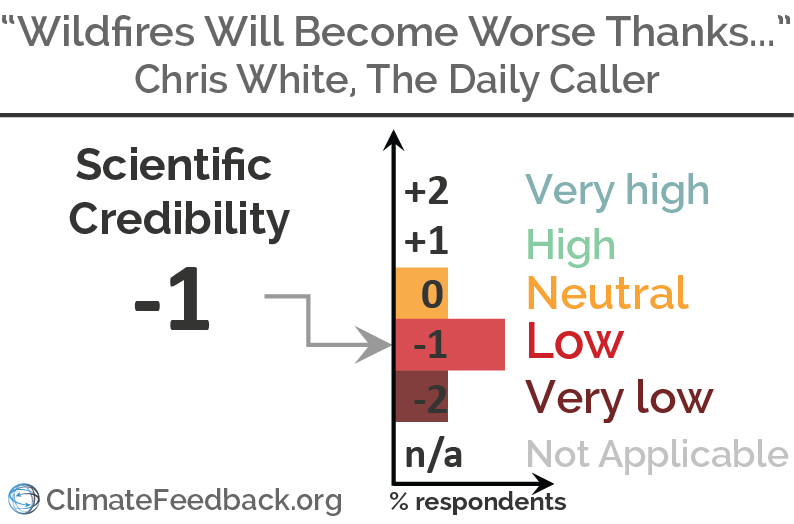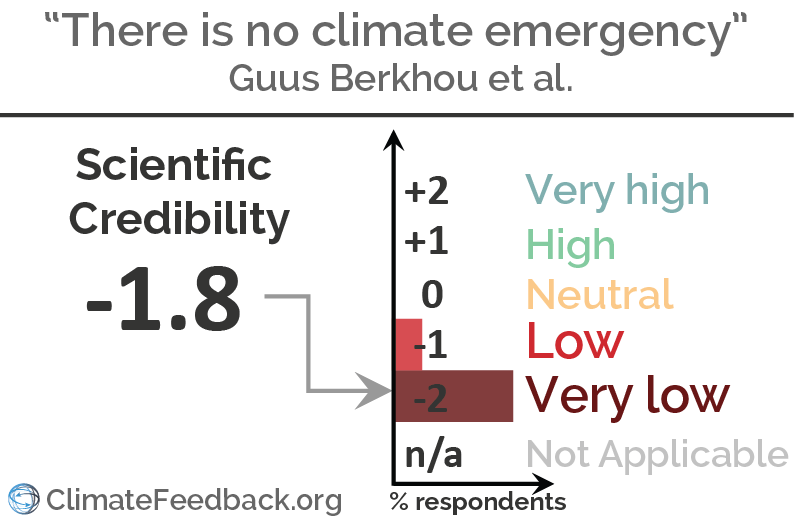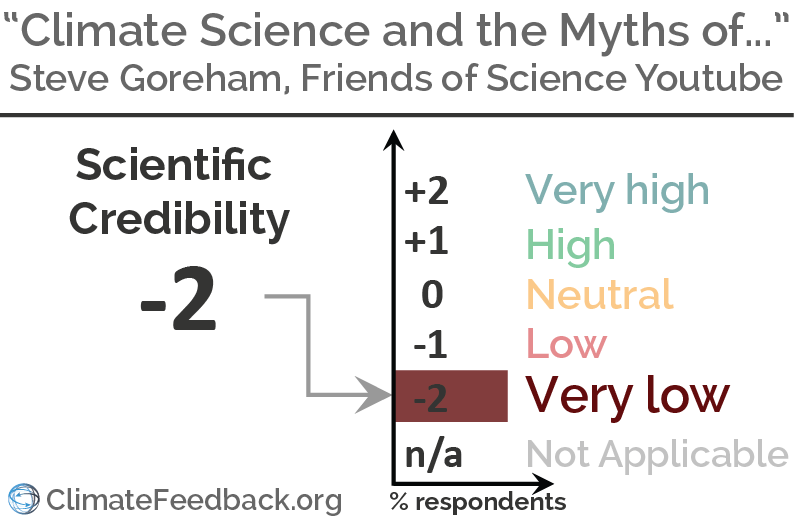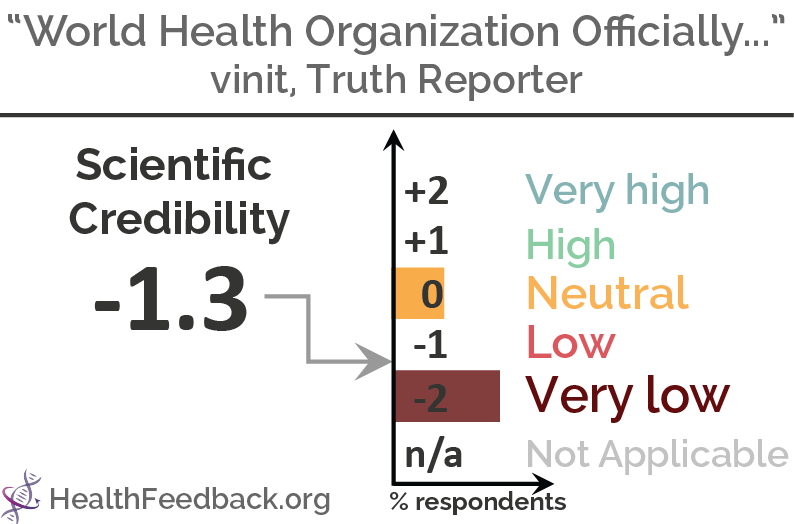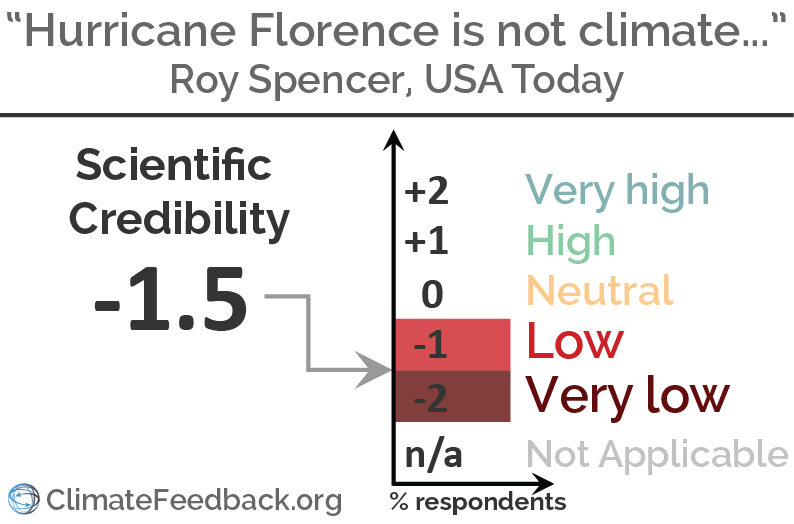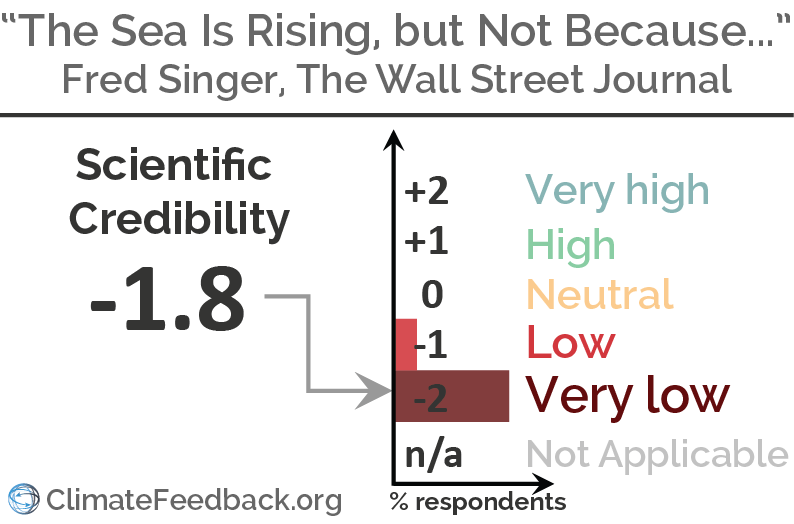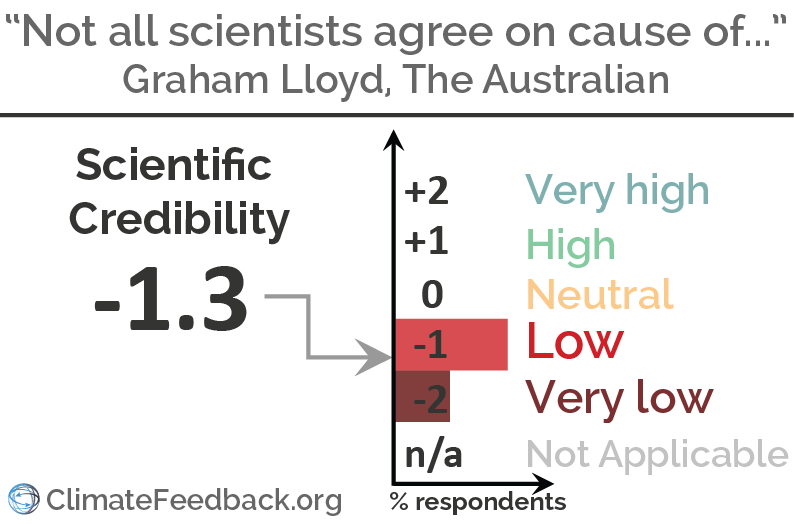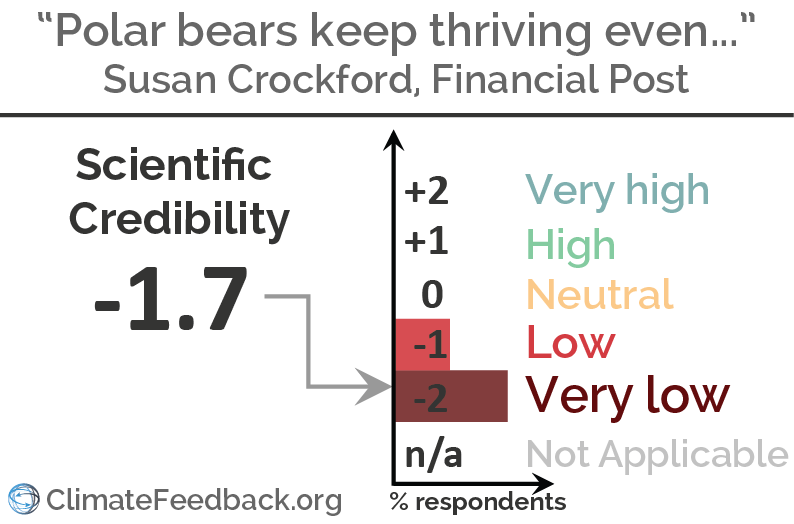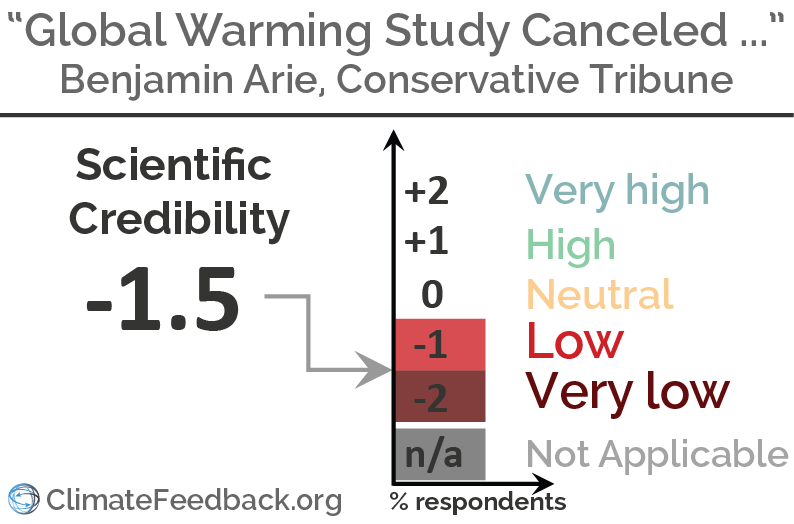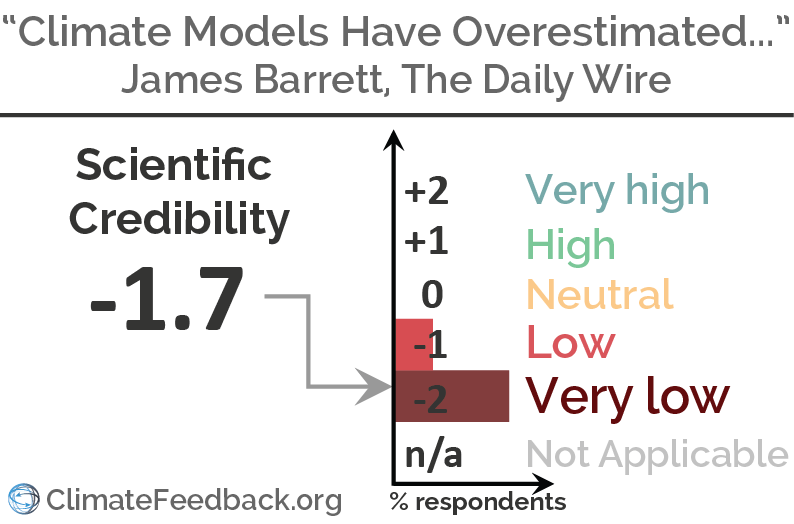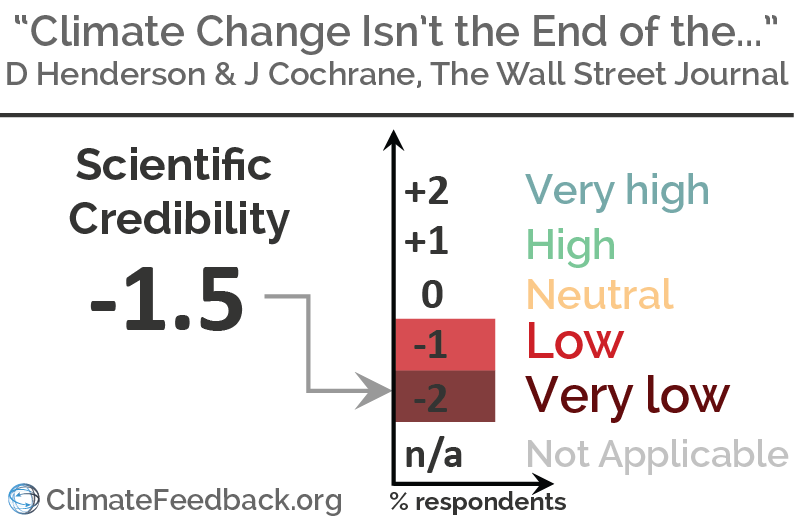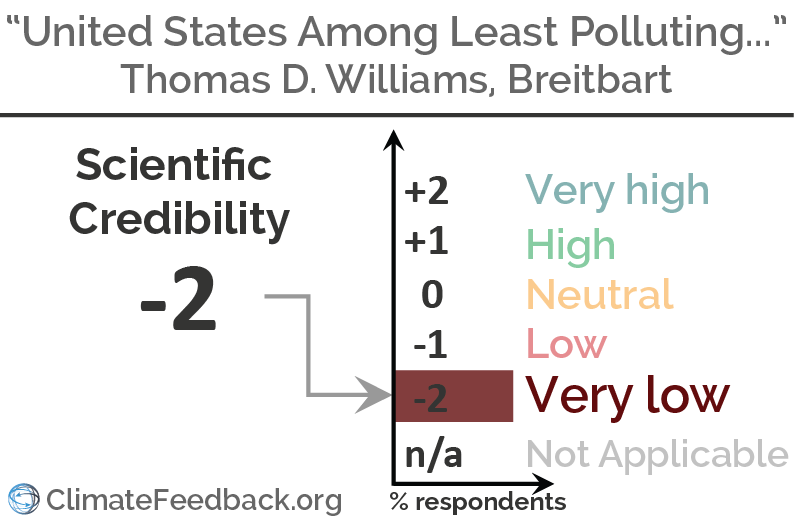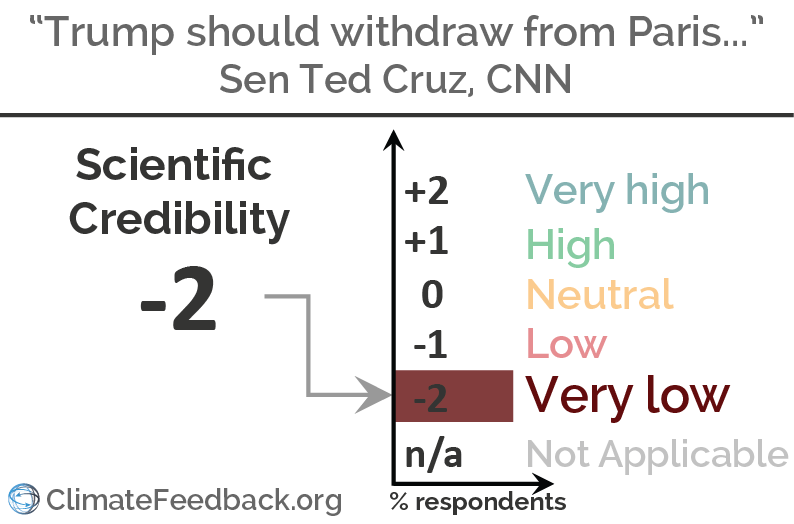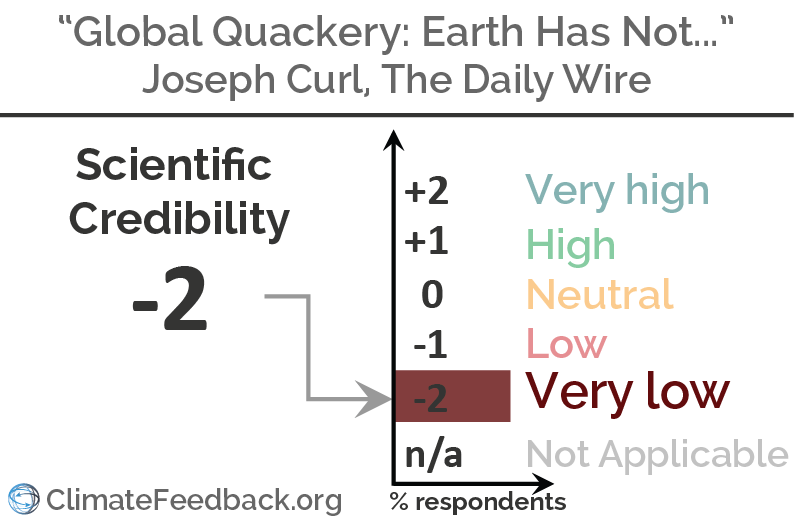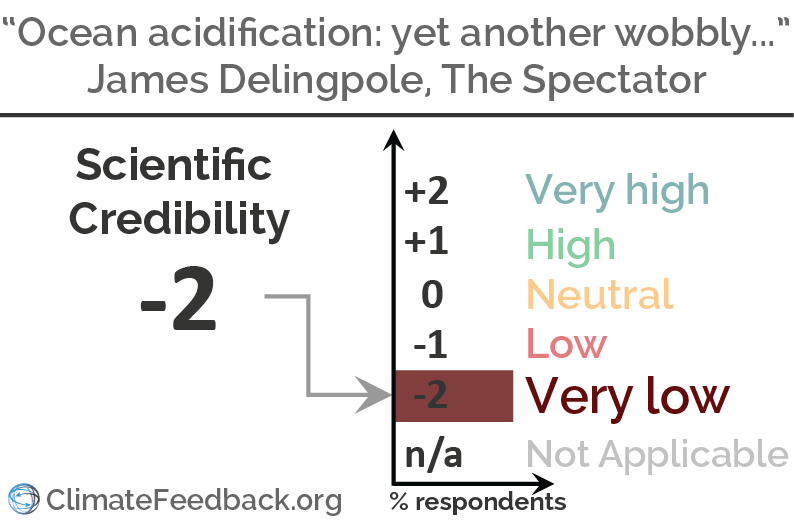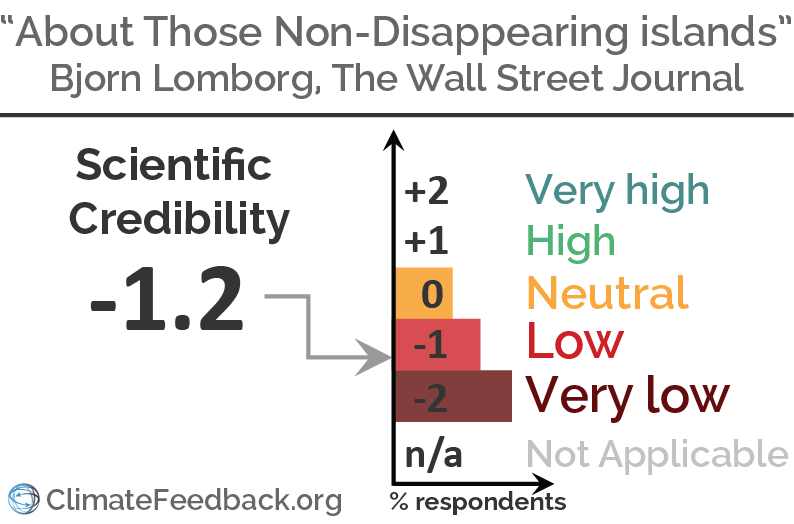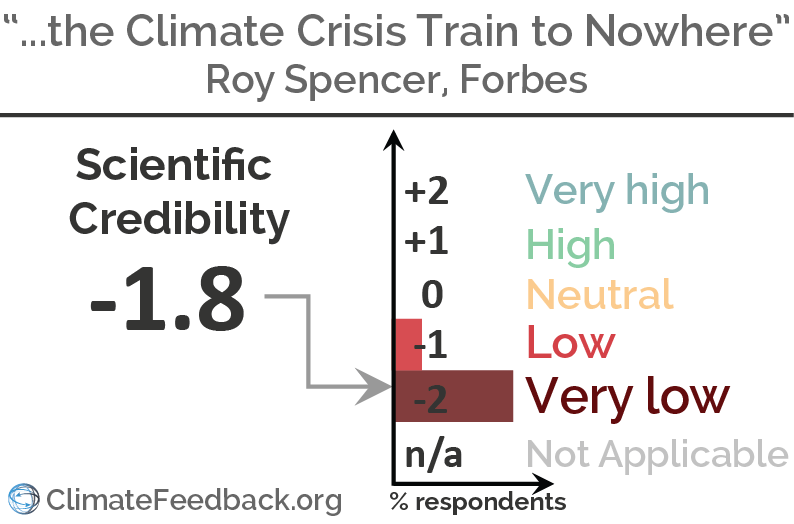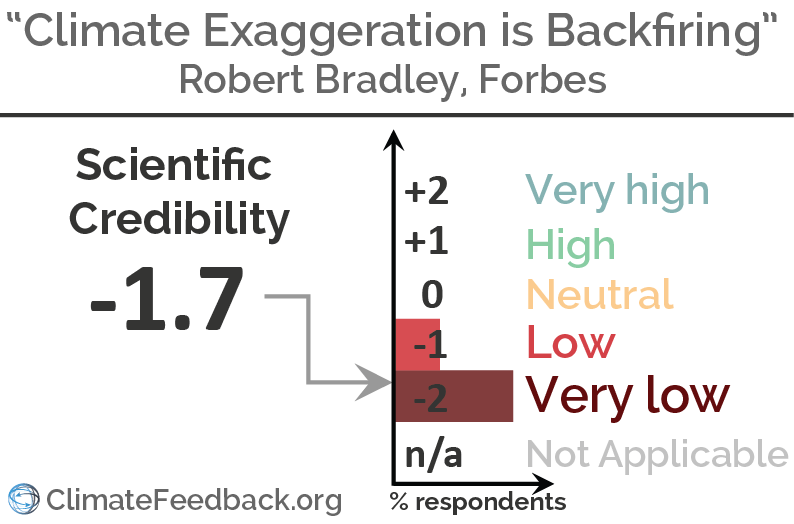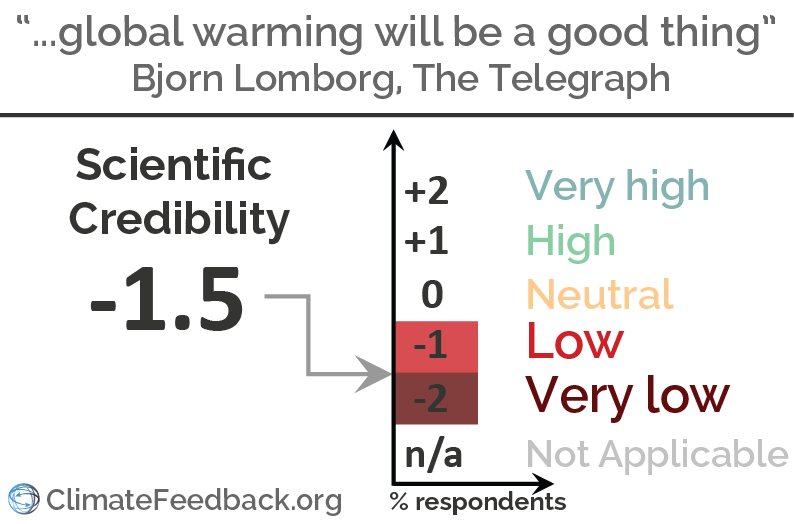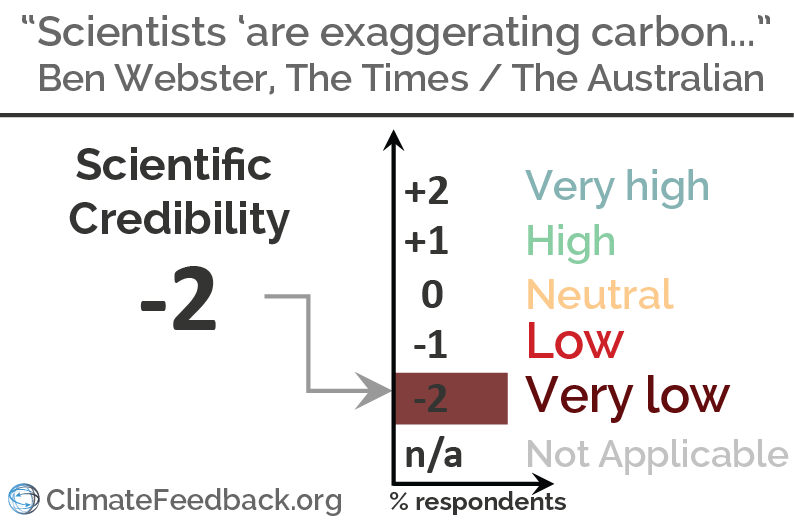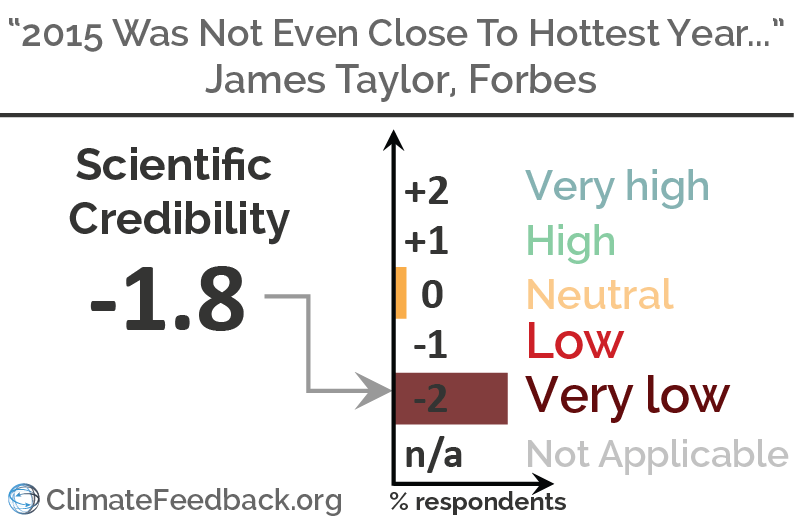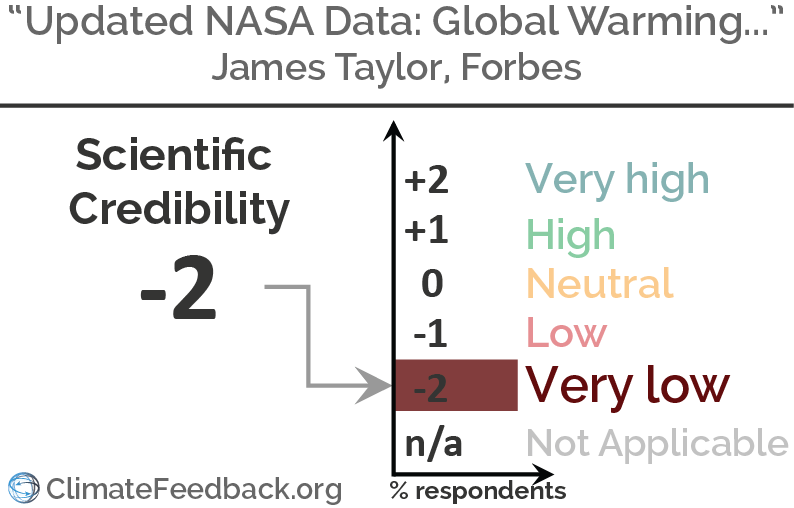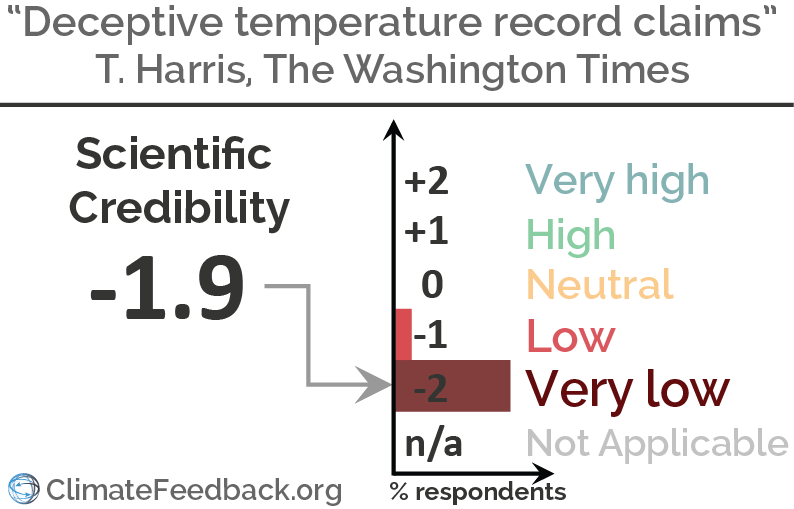Not sure if I should use trailmarks and listicle here or not?
I will choose to use it.
gendered syntax
- I understand, but I also pointed out that the evolutionary nature of a language's syntax gives it unique gender characteristics.
- I gave the example of my own mother tongue of Cantonese which is syntactically more gender neutral instead of English, which is patriarchal:
- Cantonese (play the audio at the following links)
- person
- https://www.cantoneseclass101.com/cantonese-dictionary/
- man
- https://www.cantoneseclass101.com/cantonese-dictionary/
- woman
- https://www.cantoneseclass101.com/cantonese-dictionary/
- In the Cantonese language, the suffix (Yan) means person,
- It is then modified by the respective female and male prefix
- Noi (female)
- Nam (male)
- This gives us gender neutral syntax, as opposed to English where we have patriarchal gender syntax, where the suffix is male and the female is constructed as a secondary concatenation using the male syntactical suffix
- male
- FEmale
- man
- WOman
- HUman
- HUmanITY
- men
- WOmen
- The English language gives syntactical primacy to the male gender, while a language such as Cantonese does not
- What the psychological effects are, I'm not sure of. For within the Cantonese language, there is as much patriarchism as any other culture. It is not a particularly feminine culture.
- And the gender neutrality does not even take into account of the more recent transgender category.
to
- Cantonese syntax - person - man - woman
- https://hyp.is/3wgg0BQOEe-uRQ-kpQf8Eg/www.cantoneseclass101.com/cantonese-dictionary/
- With English, we have to read between the lines and project the author's salience landscape because it's not explicit in the syntax.
PROBLEM
- This page does not generate a unique URL for each of the onpage search results returned.
- Can Indyweb create unique CID for this?
